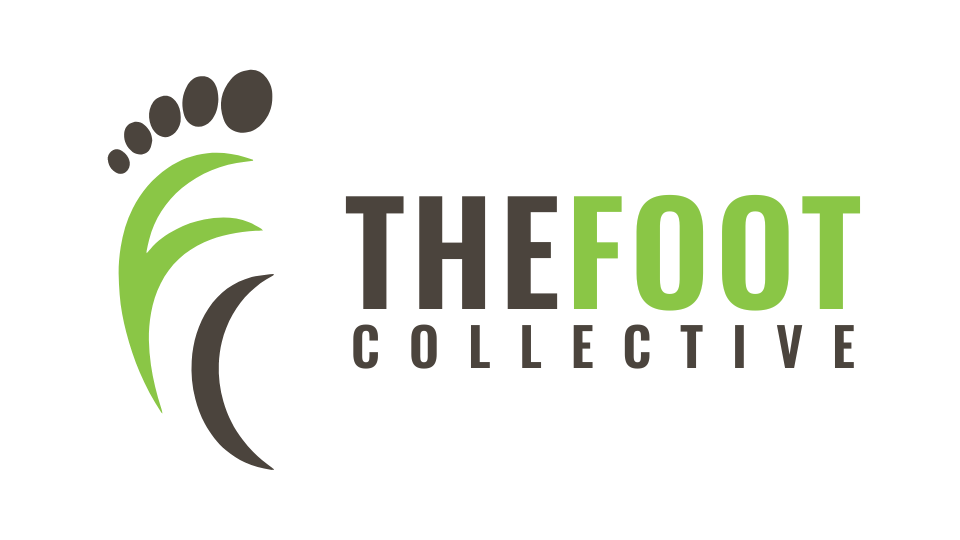The Barefoot Life
Feet are our primary point of physical contact to the Earth. They are our foundation for sensation and movement, constantly experiencing and adapting to the environment they are in and the load they are exposed to - either growing stronger and more resilient from progressive use, or softer and weaker from progressive disuse.
For the vast majority of our evolutionary history our feet have been intimately connected with the planet and have been a major key in our physical and technological development. The use of our legs and feet in bipedal locomotion allowed many favourable adaptations - the ability to walk and run long distances in an efficient manner, the use of our upper limbs during gait or stance (manipulating, throwing, carrying, gesturing, fighting etc.) and the ability to engage in more complex physical and social activities that helped us bond into larger communities.
Humans have been wearing footwear for a very small fraction of this history - approximately 1% of our total time as bipedal animals. Footwear is essentially another form of clothing that was created to protect the feet from harsh elements of the environment (sharp things, extremes of temperature etc.). Originally this clothing was made from leather or other natural materials and came in the form of moccasins or sandals - these required skilled work to create and repair. Over time footwear became more complex and more specialised to account for different activities (horse-back riding, sports, physical labour) and different fashions and trends.
The widespread use of footwear corresponds directly with the increase in supply and accessibility through the use of industrial processes and synthetic materials during the Industrial Revolution. The progressive outsourcing of our movement to other animals, humans or machines allowed us to create far more products with far greater efficiency. At the same time, the reducing needs for our own natural movement in day-to-day life meant that the design of shoes shifted to be far more focused on fashion and far less focused on function - they became a symbol of status rather than a simple protective layer for the feet. The fashionable characteristics of footwear include an elevated heel, a narrow and symmetrical toe box, a rigid sole and/or extra cushioning, all of which significantly affect the natural function of the feet in many ways.
Shoes were also a way for us to separate ourselves from our environment. The more built-up and populous our cities became, the more issues came with hygiene from waste, sewage and animals. Bare feet became on obvious sign of poverty and were regarded as dirty and unhygienic. Those who went barefoot in nature (like indigenous or tribal groups) were seen as uncultured savages or even non-human animals. As our technology and civilisation advanced and we disconnected further from movement and nature, these ideas became more and more ingrained into our culture. Even in more modern times where most people view native or indigenous cultures/peoples with respect and curiosity, bare feet (and even minimalist or ‘barefoot’ footwear) are seen by many as counter-culture or extreme.
Unfortunately this habitual use of shoes and extreme reduction of movement creates the perfect environment for painful neuromusculoskeletal conditions in the feet and throughout the whole body. The traditional methods of treating these conditions (orthotics, manual therapy/manipulation, medication and surgeries) are largely passive, disempowering and ineffective long-term (more on this concept here Barefoot Education). The most common active interventions tend to be isolated exercises that focus on strengthening or mobilising painful/symptomatic areas without integration into more complex, challenging or relevant activities. The bigger picture of how human feet and bodies should function to match their biological needs is lost and we are left with unsatisfactory or unsustainable results. Our health and quality of life suffers as a function of our outsourcing movement and the effect of that on all of the other pillars of health (food, sleep, the mind and community) - more on this here Nutritious Movement.
So The Barefoot Life is about far more than just going barefoot often. It is about a reconnection to our movement and a reconnection to our environment. It’s about seeing the issues with our feet as just the tip of the iceberg when it comes to health - an obvious indicator of much deeper and larger issues that need addressing both individually and societally. It’s about gradual exposure to challenge and discomfort. It’s about reclaiming the joy and satisfaction of skilled movement and creative play. It’s about honouring our biological needs and exploring our potential as human animals. It is about working together in communities to support and accelerate positive change to our behaviours and our environment.
Some examples of living The Barefoot Life:
- Practicing movement in bare feet (walking, running, crawling, climbing, kicking, lifting, carrying etc.) in a variety of environments
- Wearing shoes/orthotics as much as needed to manage load while gradually transitioning to more minimalist footwear and barefoot activities
- Growing your own food - either at home or in a community setting
- Prioritising recovery and sleep after lots of movement and skill learning
- Spending time experiencing and appreciating nature
- Active meditation through mindful movement or breath work e.g. beam challenges, box breathing
- Walking to a farmers market to connect with the people who grow your food
- Creating and using designated movement spaces at home/work/school
- Deliberate exposure to discomfort e.g. hot/cold, fasting, ground sitting/sleeping/movement, learning new skills etc.
- Spending quality in-person time connecting with friends/family and your broader community
Of course you don’t need to be doing all of these things in order to experience major health benefits - it all depends on where you’re starting from and what your goals are. It may be that you do start with simply going barefoot in your own house for 5 minutes a day and progressively do more and more with your feet. Over time you can start experimenting with and building in other habits and practices that progressively make you feel and perform better in your life (see Habit Change Menu). It’s all about tuning in, listening to your body and figuring out what works for you, in your own unique life situation. Taking some time to identify or reconnect with your own core values and to find a community of like-minded people to support you on your journey is an absolute must. Immersing yourself in insightful and inspiring resources and having open conversations with others frequently about the concepts you are learning can also be extremely helpful - some suggestions to get you started can be found here Helpful Resources.


I love the whole barefoot philosophy, but I do a lot of walking on paved surfaces (not necessarily by choice though). Does walking in minimalist shoes on these surfaces create problems?
Your philosophy it’s extremely fascinating. I really appreciate all the knowledge you’ve share and the motivation you guys provide. And I hope some day we can meet in person and keep sharing experiences!
Leave a comment